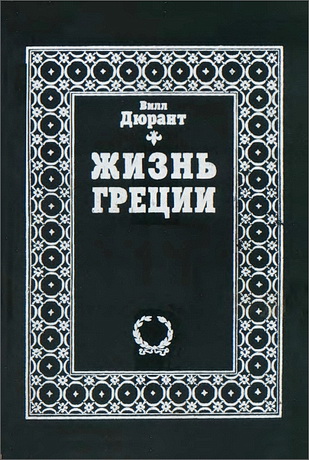
Sawyer - Taxonomic Charts of theology and biblical studies
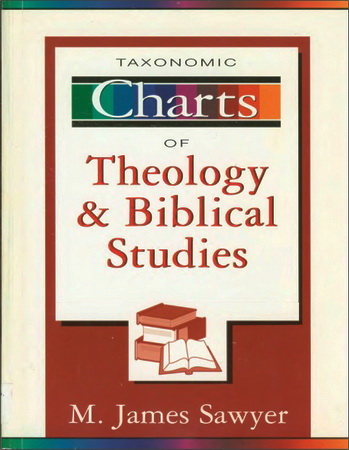
Charts are not for everyone. Some people find charts exceptionally helpful; others try to use them but find them of little value. It all depends on how your mind processes information.
These charts are not the last word on theological taxonomy. In many cases there are alternative ways of organizing the material.
If you simply memorize these charts, they will have failed their purpose. If, by contrast, you interact with them and find yourself disagreeing with some, they will have achieved their purpose: to help us learn about the doing of theology, not in the memorizing of theology.
M. James Sawyer - Taxonomic Charts of theology and biblical studies
Zondervan PublishingHouse Grand Rapids, Michigan 49530, 1999 - 173 p.
ISBN 0-310-21993-0
M. James Sawyer - Taxonomic Charts of theology and biblical studies - Contents
- PREFACE
- TO THE READER
A. THEOLOGICAL STUDIES
- Historical Theology/Church History
- Systematic/Dogmatic Theology
- Introduction/Prolegomena
- Bibliology
- Angelology
- Anthropology/Hamartiology
- Christology
- Pneumatology
- Soteriology
- Sanctification
- The Church
- Eschatology
- Apologetics
- B. Biblical Studies
- Background Studies
- Old Testament
- Apocrypha
- New Testament
Glossary
M. James Sawyer - Taxonomic Charts of theology and biblical studies - Preface
During many years of teaching introductory theology courses to seminarians, I have found that students are consistently intimidated and baffled by the nature, structure, and vocabulary of the discipline. On many occasions students have asked if there weren't some kind of charts they could use to help them get a handle on the scope of the subject. This idea of charts that serve as simple road maps through the maze of issues seems to appeal to the increasingly visually oriented culture we live in.
This volume came out of work done on a larger project for Zondervan. As I worked on structuring a database for that project, Ed van der Maas, then senior acquisitions editor, suggested that these charts would do well on their own. Skeptical that such a work would find an audience, but mindful of the persistent requests of students over the years, I showed some of the charts to friends who are seminary graduates. They all said that they wished they had had a tool like this when they first undertook the study of the theological and biblical disciplines.
I used some of the charts in my theology classes to gauge student interest. I was both surprised and gratified. I found that students appreciate having a visual map of the area of theology they are studying. The taxonomic arrangement helped them to visually grasp the structure of the topic as well as its comprehensiveness and complexity.
The intent of the charts is to communicate structure, not content. Issues and questions are raised and set forth, not answered. The glossary, which includes only terms taken from the charts, gives the beginning theologian, overwhelmed by jargon, some quick, rough-and-ready definitions. The definitions make no claim to being exhaustive.
Any attempt to map the landscape of theological studies must recognize that charts are a form of shorthand that will on occasion force divisions and distinctions where in reality there is a great deal of overlap and interdependence. Furthermore, I recognize that there is no single "right" way to organize theological material and questions, or even one "right" set of questions and issues to be addressed. A quick perusal of several evangelical systematic theologies, such as those by Charles Hodge, William Q. T. Shedd, Millard Erickson, and Wayne Qrudem, will provide ample evidence of this. Finally, it is impossible to avoid a subjective element in describing a discipline, and at points my own areas of particular interest and expertise will show through.
A work of this type can make no claim to originality. The categories and questions set forth are generally common in the theological disciplines, but there are certain authors whose succinct articulation of categories and questions have been particularly helpful and whose concepts can be clearly seen in various charts.
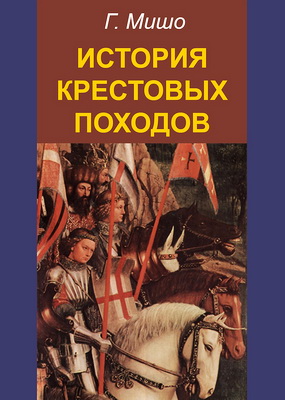
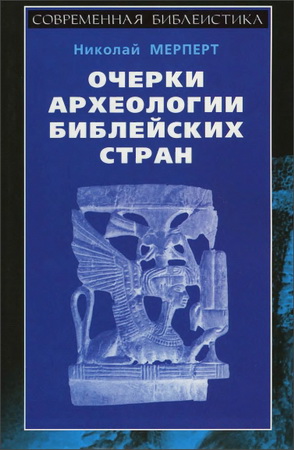
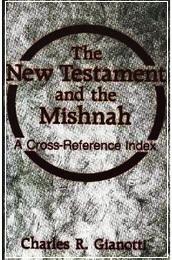

Комментарии (1 комментарий)
спасибо